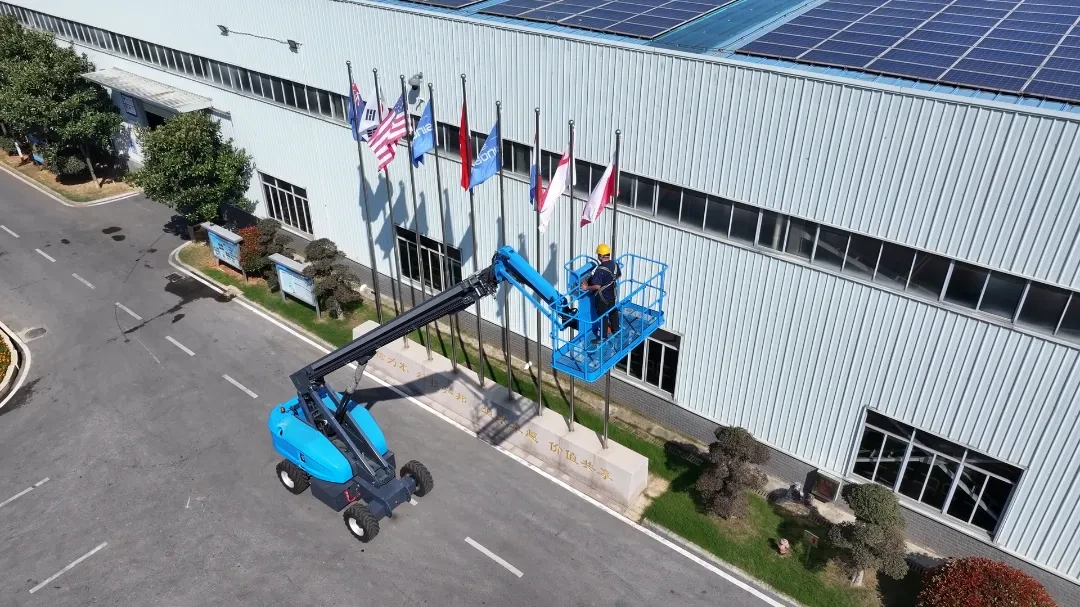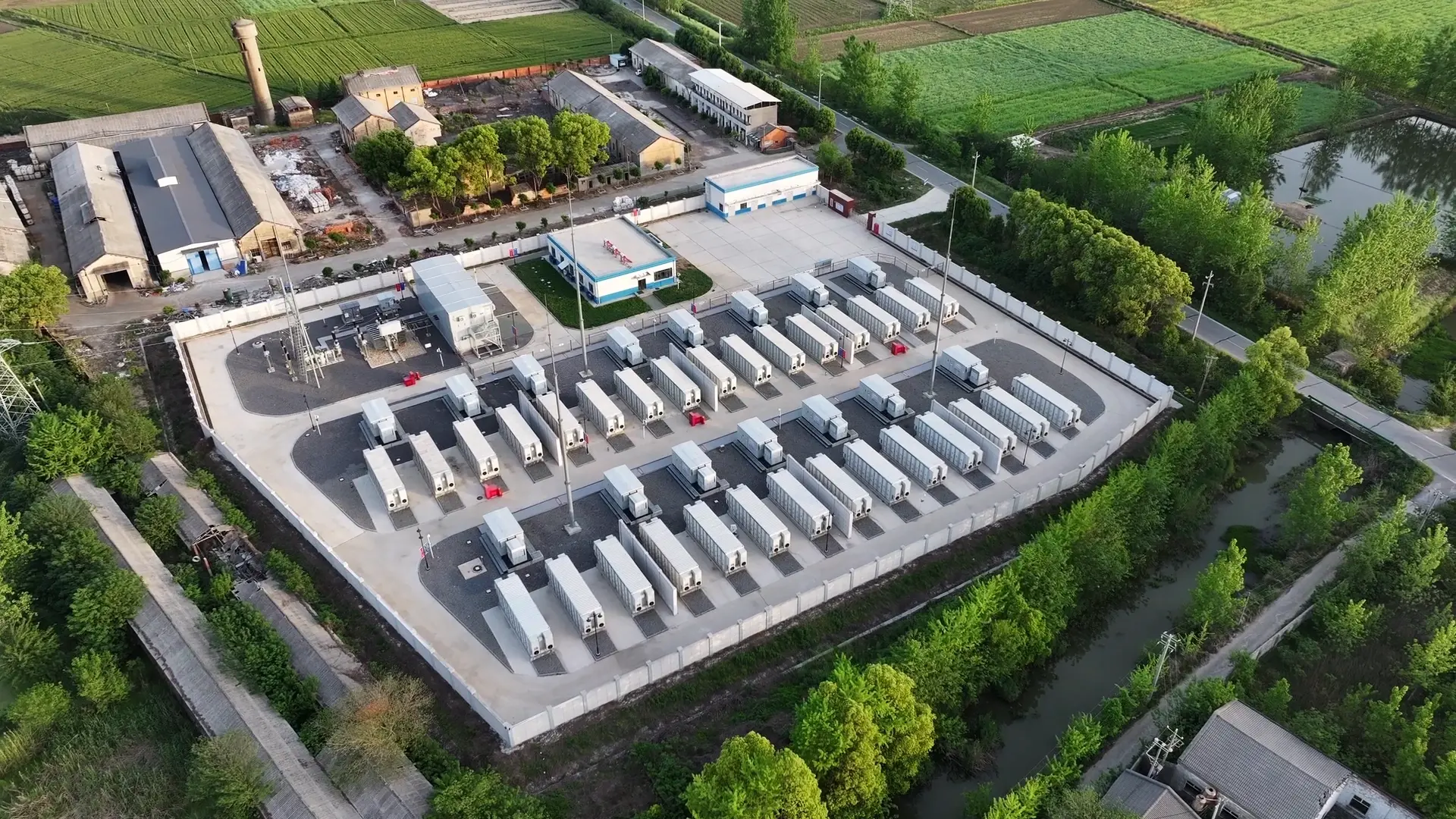As the digital world becomes faster, smarter, and more interconnected, edge computing is emerging as a core architecture for next-generation data services. No longer confined to centralized hyperscale data centers, computing power is now being deployed at the network’s “edge” — in factories, retail stores, cellular base stations, and urban intersections. This shift isn’t just technological; it's reshaping power infrastructure too.
One notable result? The rising demand for smart UPS batteries — the silent guardians ensuring uptime at the edge.
What Is Edge Computing?
Edge computing is a decentralized IT architecture in which data processing and storage occur closer to the source of data — rather than relying solely on centralized cloud or data centers. Instead of sending all data to a remote server (which often causes delays), edge devices such as sensors, gateways, or mini data centers process information in real time at the “edge” of the network.
This brings several key benefits:
● Reduced Latency: Real-time decision-making where milliseconds matter (e.g., autonomous vehicles, robotics).
● Bandwidth Optimization: Raw or large data files are processed and filtered before sending to the cloud.
● Enhanced Reliability: Local operation reduces dependency on distant servers during outages or congestion.
● Improved Security: Sensitive data stays local, minimizing exposure during transmission.
From smart factories and medical devices to telecom base stations and retail analytics systems, edge computing accelerates digital transformation. Yet this distributed architecture also introduces new challenges for power continuity — making smart UPS batteries more crucial than ever.
Why Edge Computing Needs a New Kind of Backup Power
Edge computing nodes are often deployed in remote, unmanned, or space-limited locations. Unlike centralized data centers, these sites are smaller, distributed, and sometimes difficult to access. Traditional UPS systems designed for large data centers are often too bulky, heavy, or maintenance-intensive to work efficiently in these environments. This is why smarter, more compact, and longer-lasting UPS battery solutions are becoming essential for edge deployments.
1. Distributed Sites Require Remote Power Management
Edge sites are often isolated or hard to reach, including:
● Rooftop 5G telecom stations
● Industrial control rooms
● Street-side cabinets in urban areas
Visiting each site for maintenance is costly and time-consuming. Smart lithium UPS batteries equipped with IoT-enabled monitoring solve this problem. Operators can track key metrics like system health, temperature, state-of-charge (SOC), and battery cycle life remotely. Predictive alerts can warn of potential issues before they become critical, minimizing downtime and reducing the need for on-site visits.
2. High Availability is Non-Negotiable
Many edge systems power mission-critical applications such as:
● Telemedicine and healthcare diagnostics
● Utility and energy management grids
● Autonomous drones and industrial robots
Even a brief power interruption can cause service outages, safety risks, or financial losses. Smart UPS batteries ensure uninterrupted backup power during utility failures. Built-in Battery Management Systems (BMS) allow for predictive maintenance, meaning potential problems can be addressed before they cause unexpected outages, keeping operations running smoothly.
3. Space is Limited, Efficiency is Expected
Edge nodes are typically compact, often housed in wall-mounted boxes or small outdoor enclosures. This makes space a premium. Lithium UPS batteries are ideal in these scenarios because they offer:
● Higher energy density per cubic meter
● Reduced weight and smaller size
● Flexible modular designs for easy expansion
These compact batteries allow edge nodes to deliver more computing power within the same footprint, enabling businesses to scale their edge deployments without expanding the physical space.
4. Lower Total Cost of Ownership (TCO) and Sustainability Goals
Compared to traditional lead-acid batteries, lithium UPS batteries bring significant advantages:
● 2–3 times longer lifespan
● Faster recharge for improved uptime
● Higher round-trip energy efficiency
● Lower maintenance requirements
Beyond operational efficiency, organizations increasingly focus on sustainability. Smart lithium UPS systems reduce total cost of ownership while helping meet carbon reduction goals through better energy efficiency and longer-lasting performance.
Top Sectors Accelerating Adoption of Smart UPS Batteries
Smart UPS batteries are becoming essential across multiple industries that rely on edge computing. They ensure that distributed devices stay powered and operational, even in challenging or remote environments. Key sectors leading this adoption include:
|
Sector |
Edge Use Case |
Battery Role |
|
Telecom |
5G Base Stations, Micro Data Centers |
Ensures runtime during outages |
|
Industrial IoT |
Robotics, Smart Factories |
Backup for automation systems |
|
Smart Retail |
POS Systems, AI Edge Analytics |
Supports data integrity |
|
Healthcare |
Remote Devices, Diagnosis Stations |
Enables uninterrupted care |
|
Smart Cities |
Traffic Systems, Safety Sensors |
Maintains real-time connectivity |
Across all these sectors, smart UPS batteries play a vital role in keeping edge devices operational, providing reliable backup power regardless of the location or environment.
The Future: Intelligent Power for Intelligent Networks
As edge computing continues to grow worldwide, the demand for smart, scalable, and environmentally friendly power backup systems is set to rise. The next generation of UPS batteries will go beyond simply storing energy—they will actively support intelligent network operations. Future-ready UPS solutions are expected to include:
● Cloud-based diagnostics and software integration – enabling real-time monitoring and remote management of distributed batteries.
● AI-enhanced lifecycle and performance optimization – predicting maintenance needs and extending battery lifespan.
● Quick-swap modular packs – allowing fast replacement to minimize downtime.
● Enhanced cybersecurity – protecting connected power systems from digital threats.
In today’s world, where data flows continuously and every millisecond counts, reliable power backup is no longer optional. Smart UPS batteries are becoming the backbone of intelligent, always-on networks, ensuring that edge devices stay operational and responsive at all times.




























 2025-11-06
2025-11-06 Name
Name Tel
Tel Email
Email Country
Country Company
Company Information
Information